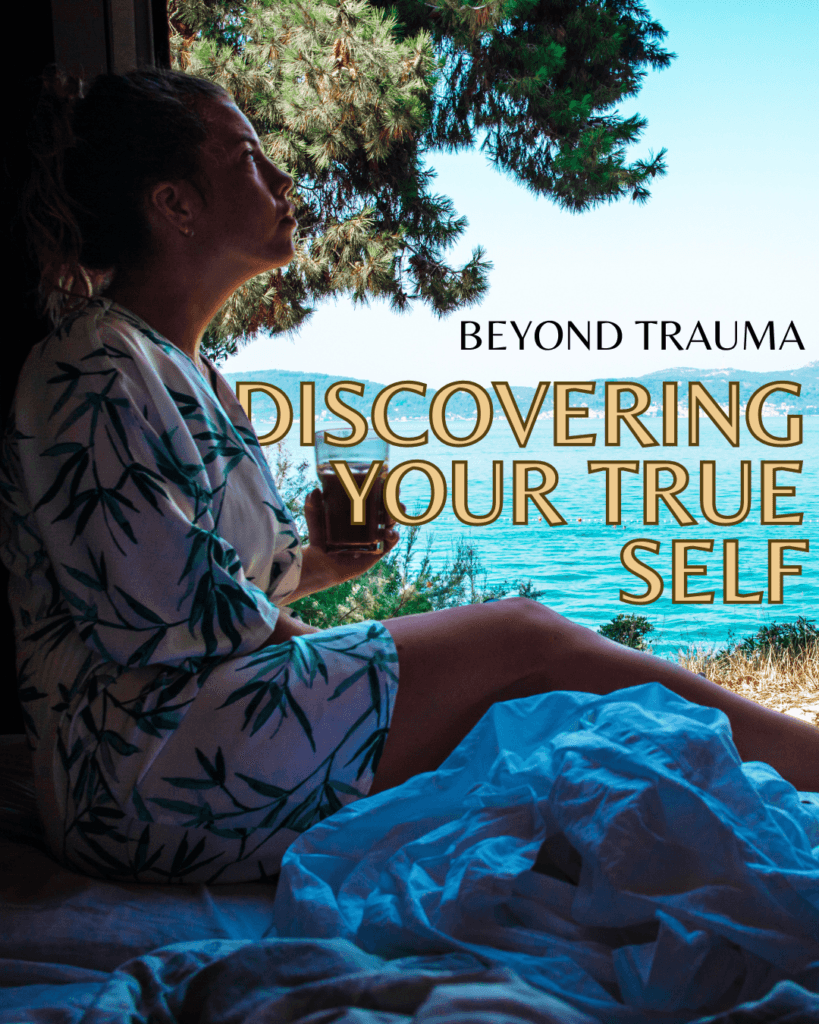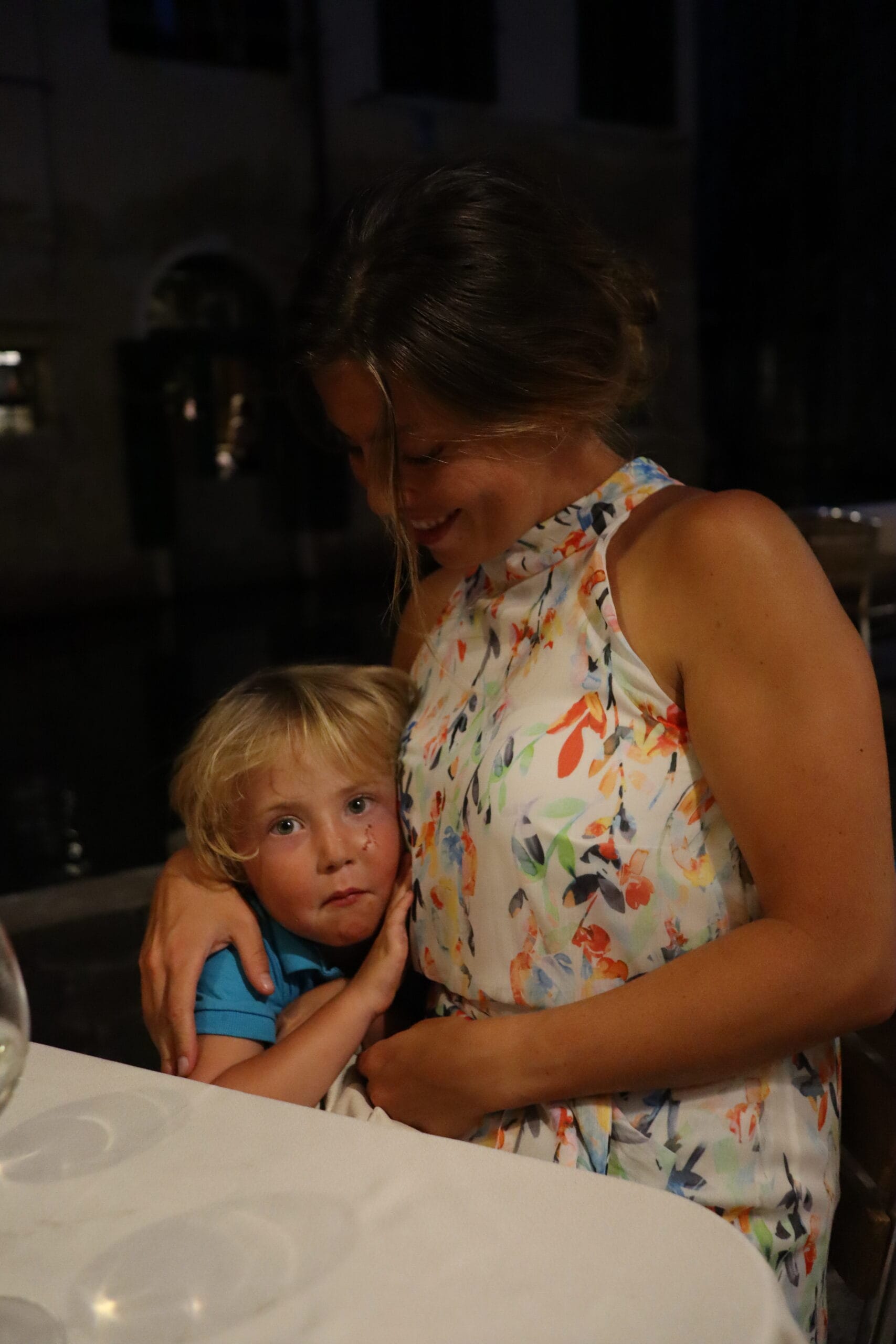
As a researcher and therapist, I’ve had the privilege of delving deeply into the intricate dance between trauma and healing, particularly in the context of complex relational trauma. The path toward recovery often feels like navigating a labyrinth, filled with both daunting shadows and the potential for profound growth. If you’ve experienced emotional trauma, you might feel overwhelmed, lost, or disconnected from your true self. I want you to know that you’re not alone, and there is a light at the end of the tunnel—one that can guide you toward reclaiming your life and embracing your authentic self.
Understanding Complex Relational Trauma
Complex relational trauma often stems from sustained emotional abuse, such as gaslighting, manipulation, or neglect, usually within intimate relationships. These experiences can leave deep emotional scars, making it challenging to trust oneself or others. Studies reveal that psychological abuse can lead to a range of mental health issues, including anxiety, depression, and post-traumatic stress disorder (PTSD)【Burnett, 2020; Matheson et al., 2015】.
But what if I told you that your journey doesn’t have to end in despair? Healing is not only possible but can lead to incredible personal growth.
The Power of Post-Traumatic Growth
Post-traumatic growth (PTG) refers to the positive psychological change that occurs as a result of the struggle with highly challenging life circumstances【Tedeschi & Calhoun, 1995】. For many survivors of intimate partner violence, PTG manifests in several ways:
- Increased Resilience: Surviving trauma can instil a profound sense of strength and resilience, allowing individuals to navigate future challenges with newfound confidence【Paphitis et al., 2022】.
- Enhanced Relationships: The process of healing often leads to deeper connections with others, as survivors learn to establish healthier boundaries and foster supportive relationships【Cobb et al., 2006】.
- Reclaimed Identity: Many survivors find that they can redefine their sense of self, embracing their authentic voice and purpose after the trauma【Herman, 1997】【D’amore et al., 2018】.
My Journey of Healing
During my research for my thesis on healing and post-traumatic growth after experiencing complex relational trauma, I discovered that each person’s journey is unique, yet interconnected. I, too, faced moments where I questioned my worth and purpose. However, through self-reflection, therapy, and creative expression, I gradually learned to embrace the fragmented parts of myself.
For me, it started with acknowledging the pain—the deep-rooted hurt that often felt insurmountable. Like many of my clients, I experienced the weight of my past attempting to define my future. But here’s where it gets interesting: I began to lean into my creativity as a means of expression. Writing, art, and movement became my allies, allowing me to navigate my feelings and experiences in a safe space【Ellis & Bochner, 2015】.
The Role of Creative Expression in Healing
Creative expression can be a transformative tool for many survivors. It opens the door to self-discovery, allowing individuals to explore emotions that might be difficult to articulate verbally. According to my research, engaging in expressive arts can foster emotional release, promote self-awareness, and facilitate healing【Sarid & Huss, 2010】. Whether through poetry, painting, or even dance, creative outlets enable us to give voice to our experiences, helping us make sense of our journeys.
Finding Your Support Network
As you embark on your healing journey, it’s crucial to surround yourself with a supportive network. Seek out friends, family, or support groups who understand your experiences and can offer encouragement. My research indicates that social support plays a significant role in fostering resilience and facilitating post-traumatic growth【Lanier & Maume, 2009】【Dokkedahl et al., 2021】.
Embracing Self-Compassion
Perhaps the most vital aspect of healing is practising self-compassion. As survivors, we often carry the weight of guilt, shame, or self-blame. However, it’s essential to remember that healing is not linear, and it’s okay to have setbacks. Allow yourself grace and acknowledge your progress, no matter how small【Flasch et al., 2015】.
Conclusion: Your Journey to Healing and Growth
Healing from complex relational trauma is not just about overcoming the pain; it’s about rediscovering yourself and embracing the beauty of post-traumatic growth. It’s about learning to dance in the light again after dwelling in the shadows for far too long.
If you’re ready to embark on this journey, know that you have the strength to reclaim your narrative. Seek support, explore your creative outlets, and practise self-compassion. Remember, your past does not define your future; rather, it is a stepping stone toward a more empowered version of yourself.
If you would like to reach out for support after reading this article: please contact Bethan@thryvewellness.co.uk
References
- Burnett, C. A. (2020). “Gaslighting: A Tool for Domination and Control”. The Journal of Clinical Ethics, 31(1), 69–76.
- Cobb, R. J., Tedeschi, R. G., & Calhoun, L. G. (2006). “Posttraumatic Growth: New Directions”. Psychological Inquiry, 17(1), 1-20. https://doi.org/10.1207/s15327965pli1701_1
- Dokkedahl, S., Kok, R. N., Murphy, S., Kristensen, T. R., & Elklit, A. (2021). “The Psychological Impact of Intimate Partner Violence on Women and Children”. Journal of Family Violence, 36(1), 9-24. https://doi.org/10.1007/s10896-020-00128-7
- D’amore, A., Matheson, F. I., & Stewart, D. E. (2018). “Posttraumatic Growth Following Intimate Partner Violence: A Scoping Review”. Trauma, Violence, & Abuse, 19(4), 377-390.
- Ellis, C., & Bochner, A. P. (2015). Autoethnography as Method. Left Coast Press.
- Flasch, P., Murray, C. E., & Crowe, A. (2015). “Overcoming Abuse: A Phenomenological Investigation of the Journey to Recovery from Past Intimate Partner Violence”. Journal of Interpersonal Violence, 30(6), 1013-1038. https://doi.org/10.1177/0886260514535264
- Herman, J. L. (1997). Trauma and Recovery: The Aftermath of Violence–From Domestic Abuse to Political Terror. Basic Books.
- Lanier, C., & Maume, M. O. (2009). “Social Isolation and Psychological Intimate Partner Violence: Impact on Survivors”. Violence and Victims, 24(3), 336-350. https://doi.org/10.1891/0886-6708.24.3.336
- Paphitis, S. A., Thompson, A., & Byrne, R. (2022). “The Role of Posttraumatic Growth in Intimate Partner Violence Survivors”. Violence Against Women, 28(2), 125-142. https://doi.org/10.1177/1077801221998037
- Sarid, O., & Huss, E. (2010). “Trauma and Posttraumatic Growth in Women Following Intimate Partner Violence: The Role of Expressive Arts Therapy”. The Arts in Psychotherapy, 37(5), 350-356.
- Tedeschi, R. G., & Calhoun, L. G. (1995). Posttraumatic Growth: Conceptual Foundations and Empirical Findings. Routledge.
Feel free to adjust any sections or language to better match your voice!






